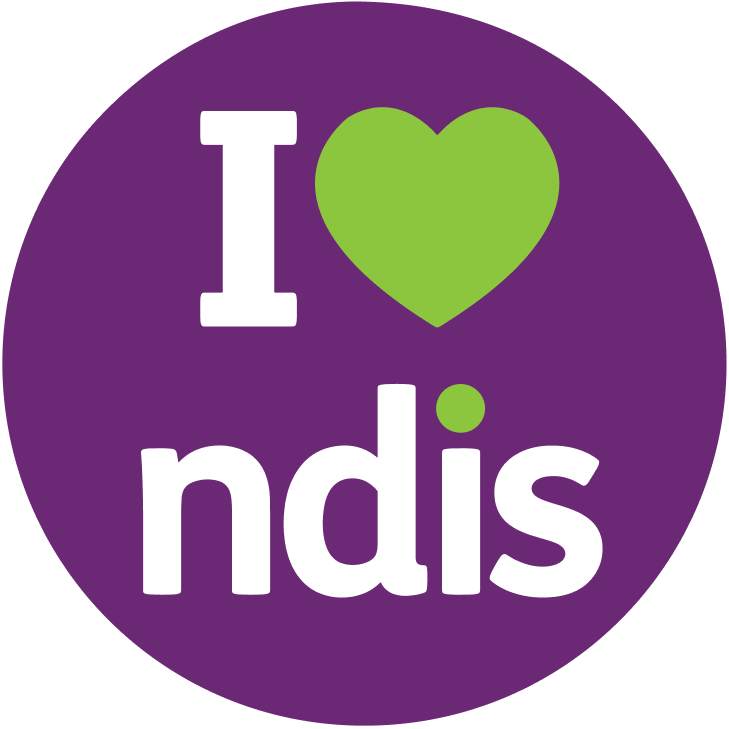Identifying emotions in everyday life
Appropriate Population:
- Any age
- Any level of communication and cognitive ability
Goal:
- Identifying others’ and own emotions through facial expressions and body language
- Understanding emotions
Steps:
- Incorporate this activity with a pre-existing activity that the client is doing (ie: playing, eating, getting dressed, having a conversation)
- During the pre-existing activity, ask the client to identify what emotions they and you are feeling.
- They can use the feeling faces chart template PDF as a visual to help identify and express which emotion they and you are feeling.
Step up:
- Discuss why each person is feeling that emotion.
- Remove visual. Clients need to use their own words to describe their emotions.
Step down:
- AHA to provide narrow down fixed choices when identifying emotions (provide 2 or 4 options)
- Client to only identify one person’s emotion (AHA’s or client’s)– whichever is easier for the client to identify.s
Resources:
- Feeling faces chart template PDF
Nicole
Fora's Speech Pathology team


